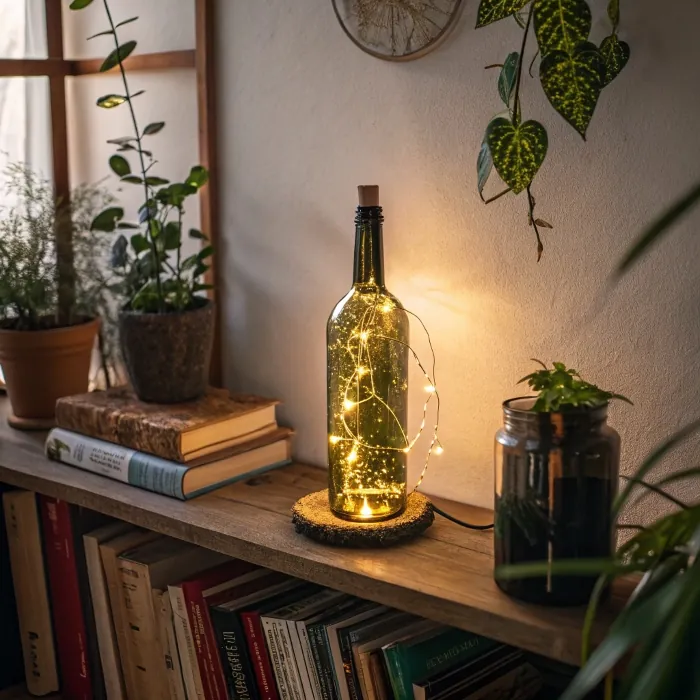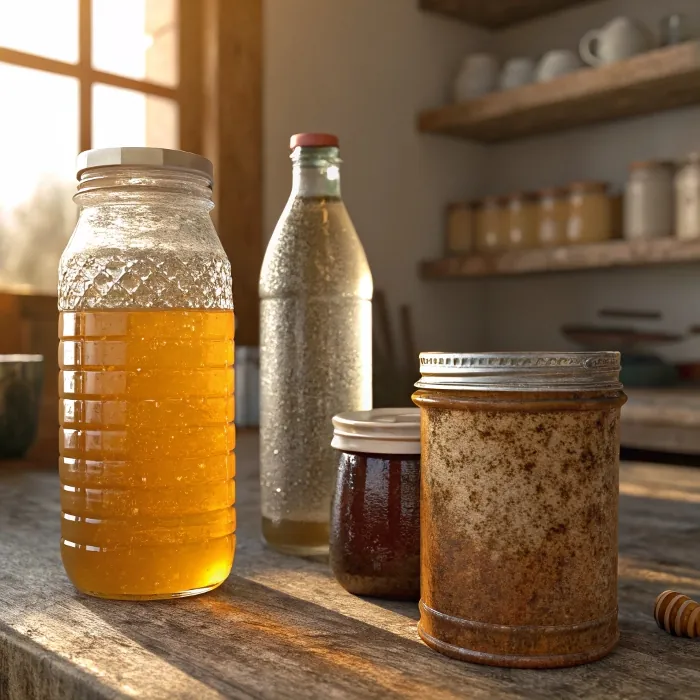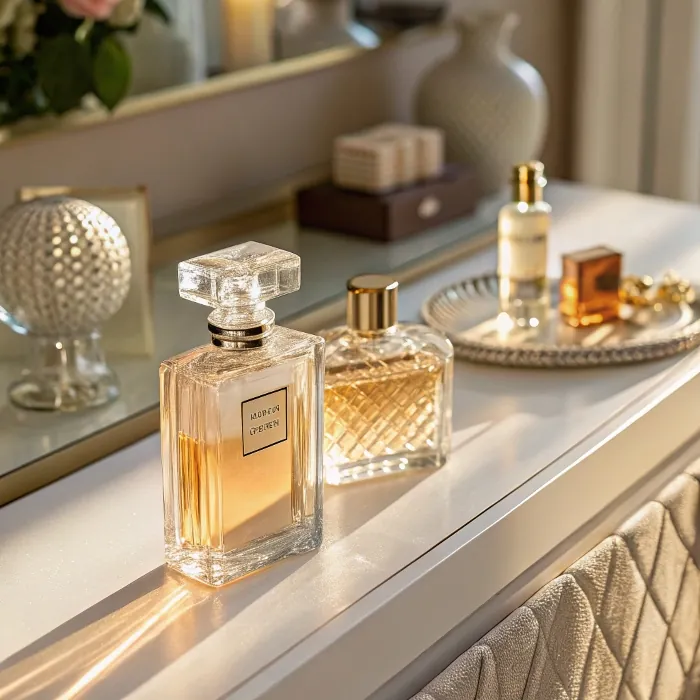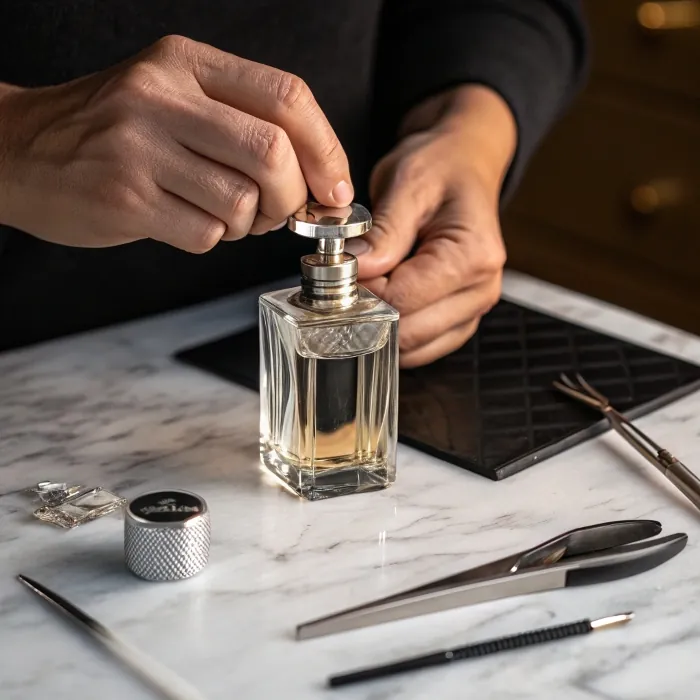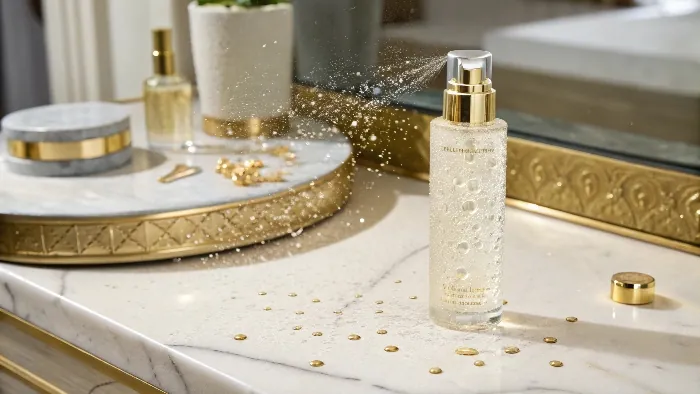
Not all spray bottles are created equal. Choosing the wrong one could ruin your formula, waste product, or even damage surfaces.
Spray bottles come in various types including trigger, fine mist, continuous, and foam pump—each designed for specific liquids and uses.
From industrial cleaning to delicate beauty applications, every situation calls for the right kind of spray bottle. Let’s look at how to choose the best one for your needs.
What type of spray bottle suits cleaning solutions?
Cleaning solutions often need wide coverage, strong pressure, and chemical resistance. But not all bottles can handle this demand.
Trigger spray bottles are best for cleaning solutions due to their durability, spray control, and compatibility with chemical ingredients.
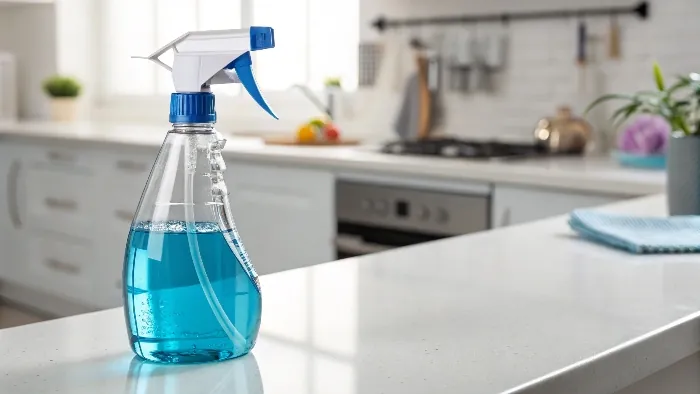
Trigger spray bottles are the most common type used for household and commercial cleaning. They have a mechanical trigger lever that activates a small pump. This pump pulls liquid from the bottle and pushes it through a nozzle that can often be adjusted between stream and mist settings.
These bottles are typically made from HDPE or PET plastic, which resist corrosive chemicals like bleach, vinegar, and alcohol. Many models feature safety locks and wide-mouth tops for easy refilling.
Here’s a quick reference table:
| Feature | Trigger Spray Bottles |
|---|---|
| Best Use | Cleaning chemicals |
| Material Compatibility | Acids, alcohols, surfactants |
| Output Style | Adjustable mist/stream |
| Reusability | High |
This type of bottle works well for disinfectants, window sprays, degreasers, and multi-surface cleaners. I often recommend choosing bottles with ergonomic triggers for comfort during extended use.
Which spray bottles are best for essential oils?
Essential oils are powerful, aromatic, and sensitive to light and plastic. If stored improperly, they can degrade or melt through certain containers.
Glass fine mist bottles are ideal for essential oils because they resist oil degradation and preserve potency.
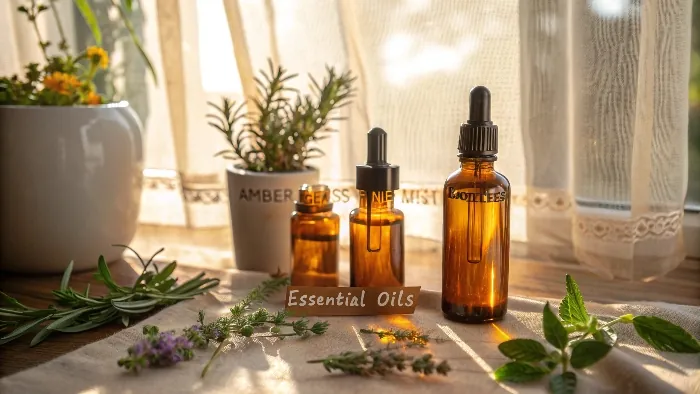
Essential oils react poorly with standard plastics, especially over time. That’s why amber or cobalt blue glass bottles are preferred—they block UV light, reduce oxidation, and don’t leach harmful chemicals into the oil.
Fine mist sprayers deliver a soft, even distribution, perfect for face mists, room sprays, and linen refreshers. Most come in smaller sizes, from 10ml to 100ml, to accommodate highly concentrated blends.
For oil blends with water or alcohol, you can use PET bottles, but only if the formula is diluted. Still, glass is always a safer, more premium choice.
Consider this guide:
| Bottle Type | Ideal Use | Material | UV Protection |
|---|---|---|---|
| Glass Fine Mist | Essential oil sprays | Amber/Cobalt | Yes |
| PET Fine Mist | Diluted blends | PET Plastic | Minimal |
| Aluminum Mist | Travel-friendly oils | Metal | Yes |
I’ve seen many small beauty brands switch to glass bottles not only for safety, but also for the luxurious, sustainable image they bring to eco-conscious consumers.
How do continuous spray bottles work?
Traditional sprays can feel tiring or inconsistent. That’s where continuous spray bottles shine—smooth, even application without extra pumping.
Continuous spray bottles use a pressurized piston mechanism to release a long, even mist with just one squeeze.
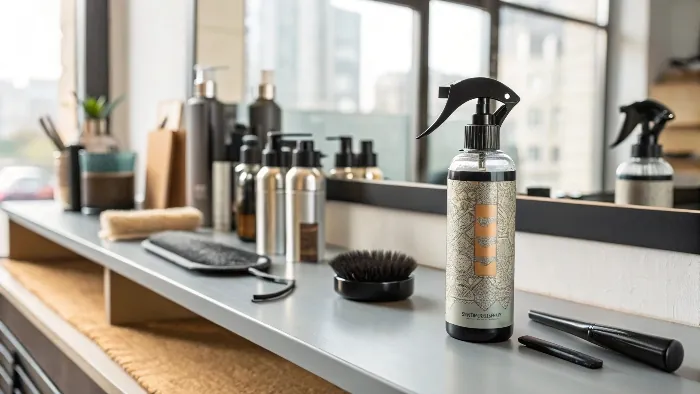
These bottles are a favorite in salons, skincare routines, and home cleaning because they provide a long-lasting, fine mist with a single pull. Inside, a small pump builds pressure that releases in a steady burst—ideal for covering large surfaces or applying product without interruption.
They work well for water-based liquids like disinfectants, fabric refreshers, and hair detanglers. However, they’re not designed for thick or oil-heavy substances, which can clog the fine nozzle.
You’ll notice the difference in convenience. I personally use these for plant misters and hair sprays, and the effort saved is huge.
Pros and cons:
Pros:
- Continuous mist without repeated pumping
- Covers large areas quickly
- Great for hairstyling, tanning, or disinfecting
Cons:
- Not suitable for thick or oily liquids
- More expensive than basic spray bottles
- Requires more careful cleaning to prevent nozzle clogs
For any application that needs a uniform spray without hand fatigue, this is your go-to bottle.
When should you choose foam pump spray bottles?
Some liquids are better delivered as foam—like hand soap, shaving gel, or carpet cleaners. Not all bottles can do that.
Foam pump bottles are perfect for applications where foam consistency helps with spreadability, cleaning, or product control.
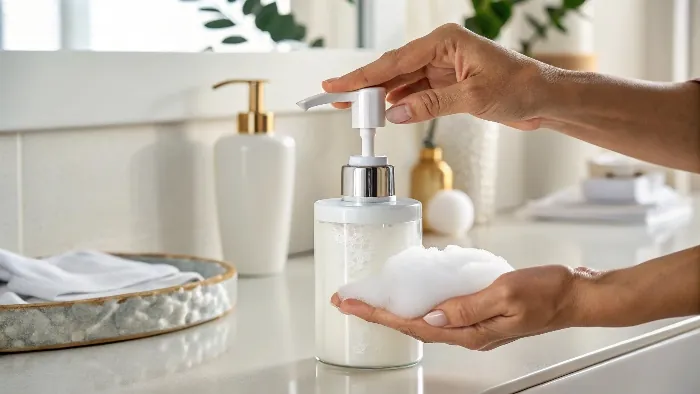
Foam pump bottles mix air with liquid through a mesh screen to produce a thick foam. This is excellent for cosmetics, pet shampoos, facial cleansers, and certain industrial cleaners. The foam reduces waste by limiting product output and gives the user more control.
These bottles don’t require propellants or aerosol gases, making them more eco-friendly and safer to ship. You simply press the pump and get a rich, ready-to-use lather.
I’ve worked with brands that transitioned to foam bottles because consumers liked how little product they needed to use. It’s great for baby products, facial washes, or any application where gentle touch matters.
Usage comparison:
| Application Area | Recommended Bottle | Benefit |
|---|---|---|
| Skincare | Foam Pump | Easy rinse, soft feel |
| House Cleaning | Trigger/Continuous | Quick coverage |
| Hair Styling | Continuous | Even mist application |
| Aromatherapy | Fine Mist Glass | Oil safety, elegance |
Choose foam bottles when your liquid needs to cling to the surface a bit longer, or when the user benefits from a light, airy texture.
Conclusion
Each type of spray bottle serves a specific purpose. Whether it’s for cleaning, beauty, or DIY blends, choosing the right one improves results, safety, and satisfaction.

